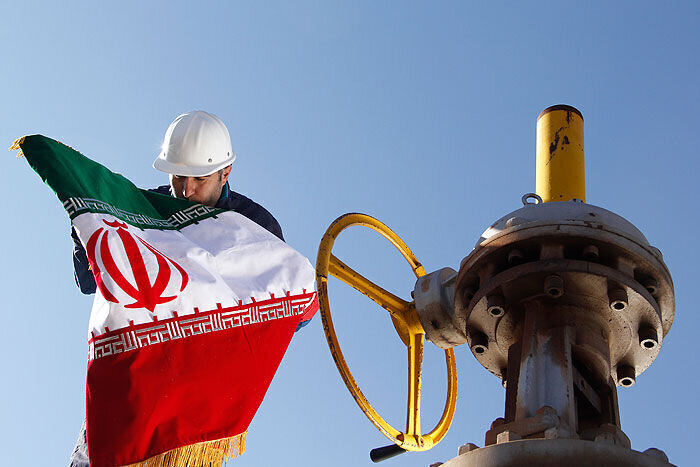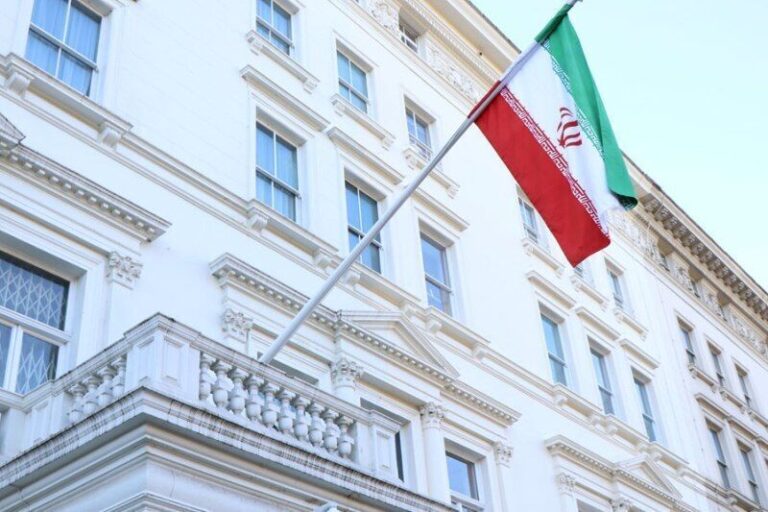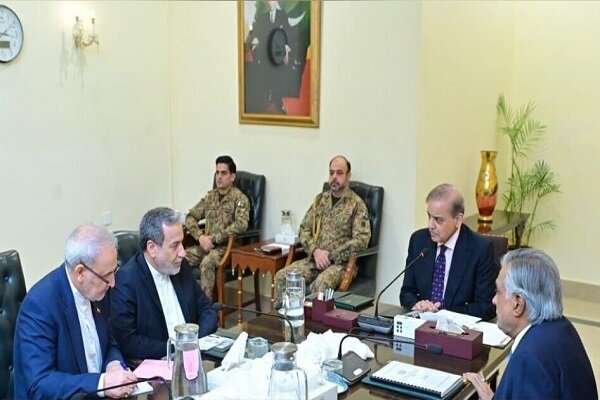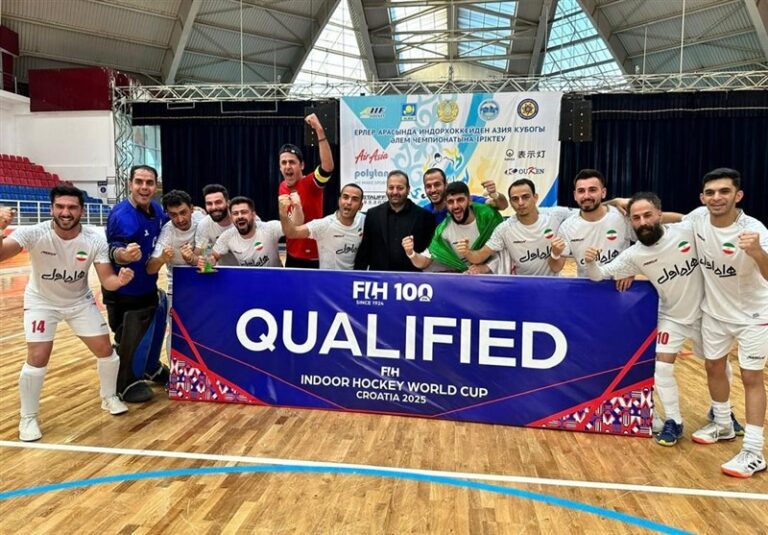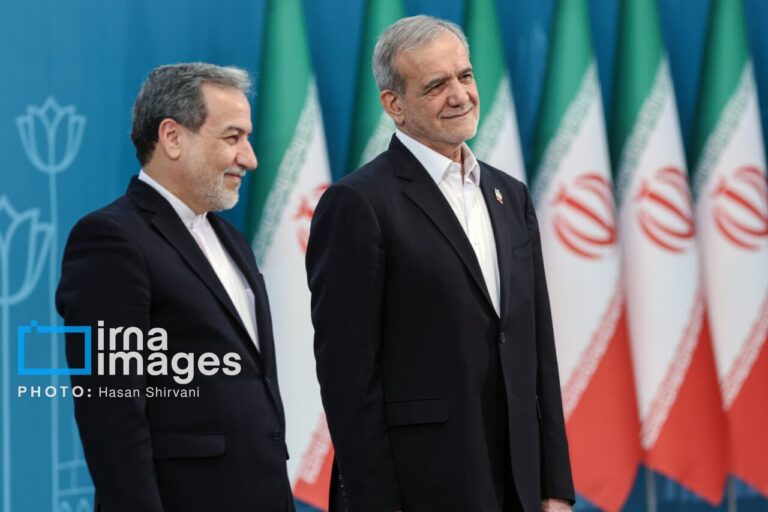Iran’s Diplomatic Strategy: Beyond Nuclear Talks and Expanding Global Engagement
The realm of diplomacy and foreign policy is multifaceted and crucial for national interests. Recently, Abbas Golroo, the head of the Iranian Parliament’s National Security and Foreign Policy Commission, shed light on the ongoing diplomatic efforts by Iran, particularly concerning relations with neighboring countries and indirect negotiations with the United States. His insights provide a comprehensive understanding of the current state of Iranian diplomacy.
Golroo highlighted the significance of the ongoing Oman negotiations, noting that these discussions are just one of many diplomatic endeavors undertaken by the Iranian government. He remarked, “The field of diplomacy and foreign policy is not a single issue.” This statement underscores the complexity of diplomatic relations and the various fronts that need attention.
During an interview with the Mehr News Agency, Golroo emphasized the importance of fostering relationships with neighboring and regional countries. He mentioned recent diplomatic visits by President Pezeshkian and Foreign Minister Araghchi, which he believes are pivotal for enhancing Iran’s regional engagement. The focus on neighboring countries is part of a broader strategy to improve diplomatic ties and economic partnerships.
Here are some key points from Golroo’s statements:
- Indirect Nuclear Negotiations: Golroo confirmed that indirect negotiations with the United States are ongoing, describing them as one of many actions being pursued by the Iranian diplomatic team.
- Diverse Foreign Relations: He stressed that Iran’s foreign relations are not limited to a single aspect but encompass a wide range of interactions with various countries.
- Importance of Agreements: Golroo pointed out the significance of signing bilateral and multilateral memorandums, especially in trade and economic fields, to boost foreign exchange earnings.
In discussing the broader implications of these diplomatic strategies, Golroo expressed hope that strengthening Iran’s relationships with its neighbors would foster regional growth and development. He believes that improved relations can lead to the elimination of misunderstandings and disputes, ultimately paving the way for peace and stability in the region.
Furthermore, Golroo’s comments reflect a commitment to a multi-faceted approach to diplomacy, where economic interests and regional cooperation are prioritized. He stated, “Our officials are pursuing these talks along with advancing negotiations and communication with other countries.” This highlights the Iranian government’s proactive stance in engaging with various nations to enhance its diplomatic footprint.
In conclusion, the insights provided by Abbas Golroo illuminate the intricate landscape of Iran’s diplomatic efforts. The emphasis on regional relationships, coupled with ongoing negotiations with the United States, suggests a comprehensive strategy aimed at bolstering Iran’s position on the global stage. As these diplomatic endeavors continue to unfold, they will likely have significant implications for regional dynamics and international relations.
The ongoing diplomatic efforts, particularly the Oman negotiations, underscore the importance of a strategic and diversified approach to foreign policy. As Iran navigates these complex relationships, the focus remains on fostering cooperation, understanding, and ultimately, a peaceful resolution of conflicts in the region.
As the world watches, the outcomes of these discussions will undoubtedly shape the future of Iranian diplomacy and its relations with neighboring countries. The hope remains that through these efforts, a more stable and prosperous region can be achieved, benefiting not only Iran but also its partners and neighbors.
